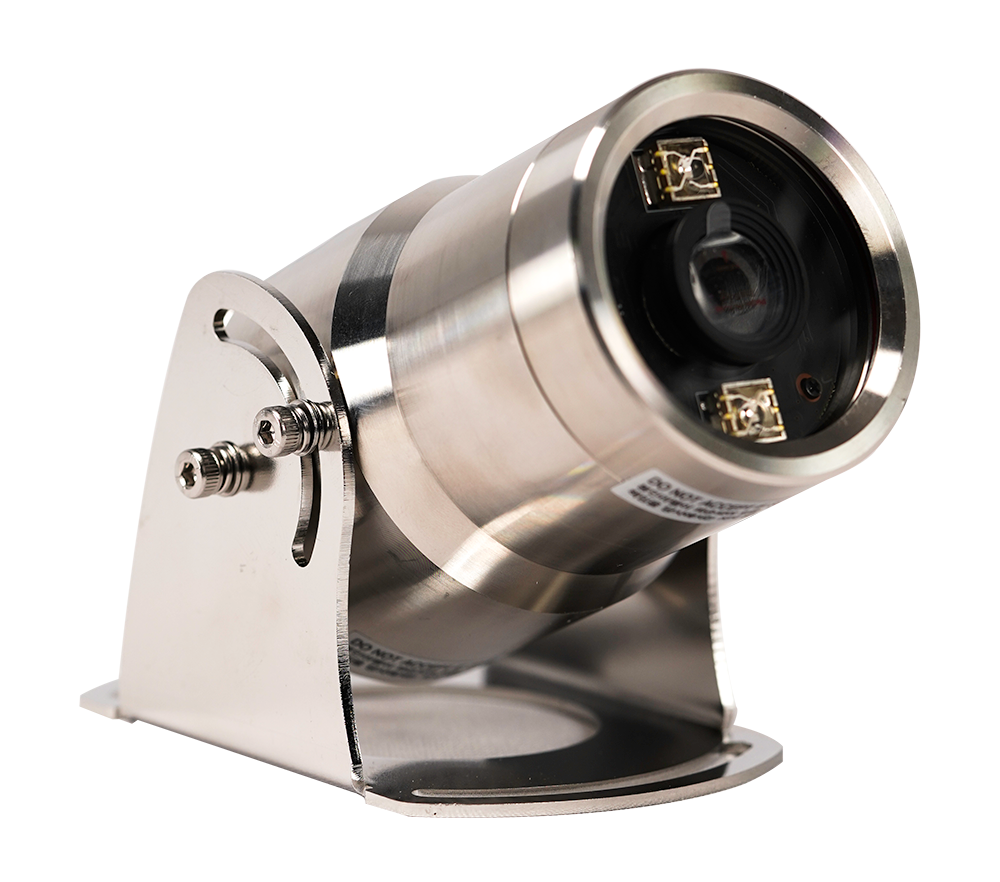
Normally 316/316l steel shows no magnetic in annealed condition, cold drawn or cold rolling process may make it with little magnetic, and it can be fixed with further processing.ģ16/316L plate is used to manufacture products for applications that are exposed to salt water, acids such as sulfuric acid and chloride, petrochemicals and chemicals and high-heat such as engines and motors.Products include tanks, supports and frames, enclosures and housings, engine, motor and machinery components and parts. Another difference, 316l can be used for weld treatment as it contains lower carbon.ģ16/316L steel has outstanding corrosion resistant properties, whether it is atmospheric or oxidizing environment, even for marine atmosphere, it shows excellent corrosion resistance in welded state. So sometimes grade 316l is almost the same as 316 grade. The stainless steel with the material number AISI 316/AISI 316L is characterized by excellent resistance to various aggressive media, heat resistance and higher.

Other fitting manufacturers use AISI 316 stainless steel. Actually, 316 Stainless is so resistant to corrosion, that it is the preferred metal used in cooking equipment in commercial kitchens and restaurants and is the. When 316L steel of low carbon content is only a little higher than 316 steel on strength level. AISI 316L stainless steel pressfittings for supply systems is synonymous with absolute quality. Lights made of this material can therefore be installed. These hinges remain fully functional in sodium and calcium brines, phosphoric acid, hypochlorite solutions, sulfurous acids, sulfite. Stainless steel 316 is often used in environments with moderate chlorine and salt concentrations. 316 stainless steel withstands severe environments, resisting corrosion even more efficiently than 304 stainless steel.
316 stainless steel full#
The low carbon version, 316L, may be required for full corrosion resistance when thicker sections are welded. It is an austenitic, corrosion-resistant steel with excellent strength, toughness, fabrication characteristics and weldability.

In ASTM A240, type 316 and 316L is a chromium nickel austenitic steel, Element molybdenum addition can enhances corrosion resistance of stainless steel, which is the main factor that 316/316l is more corrosion resistant than 304/304l. 316 stainless steel hinges are impervious to almost everything. Grade 316 Stainless Steel is the second most commonly used stainless steel.


 0 kommentar(er)
0 kommentar(er)
